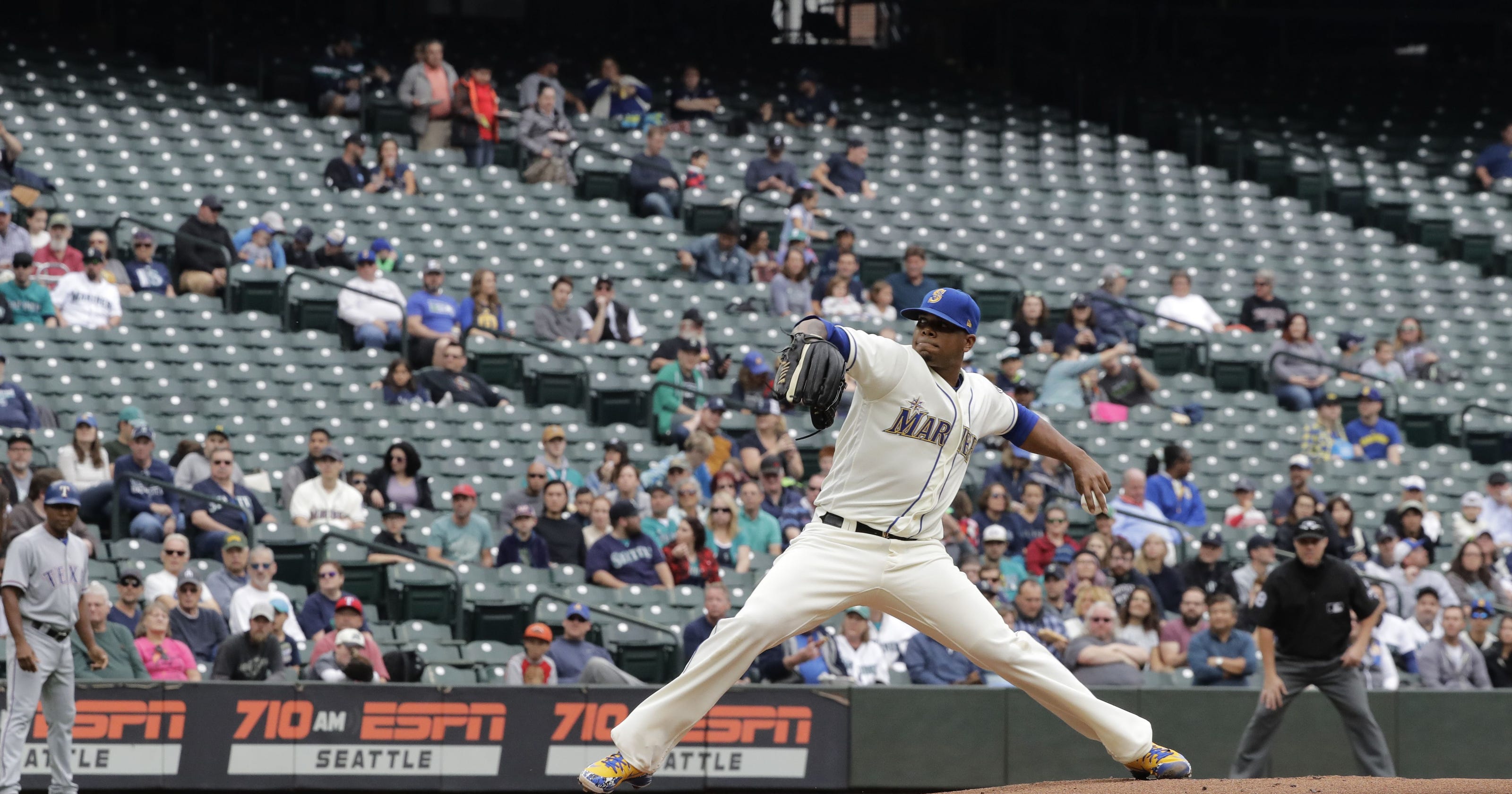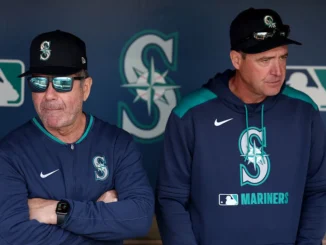
Yogi Berra is famous for saying, among other things, that “No one goes there anymore. It’s too crowded.” Nothing could be further from the truth when scrutinizing attendance at MLB games this season. To say that “no one” is attending major league baseball is, of course, an exercise in rhetorical hyperbole. But if you watch a lot of baseball, especially during the week, you can’t help but notice a lot of empty seats.
So far this season, average attendance across major league baseball is down by 542 people per game. Given that this includes some cold and some very wet weather in parts of the county, the number doesn’t jump out at you as being that extreme. However, eighteen of the thirty teams across the league are experiencing lower per-game attendance than last season, spearheaded by the Toronto Blue Jays who have seen 6,412 fewer patrons per game.
Perhaps this is the dual byproduct of the fact the team stinks and that the Toronto Raptors have captured the imagination of the entire nation of Canada with their NBA Finals run, but the number can’t really be ignored altogether.
At the other end of the spectrum, the Philadelphia Phillies are experiencing a renaissance of sorts with the addition of Bryce Harper, Jean Segura, J.T. Reamulto, and most recently Jay Bruce. The Phillies should battle the Atlanta Braves all season for the National League East and, so far, there have been 10,564 more fans than last year in attendance night after night to enjoy the ride.
So maybe the Blue Jays and the Phillies are simply illustrating the commonly held belief that winning and losing determines attendance. Fans want to see their team in a pennant race and when they aren’t competing, there are lots of other things to vie for discretionary spending.
Don’t tell that to the Atlanta Braves, Chicago Cubs, Houston Astros, or New York Yankees. All four ball clubs are either in first place or competing hard for first place in their respective divisions. And all four clubs are experiencing lower attendance than last season. The Braves have 1,000 fewer attendees per game. The Cubs are witnessing a dip of 1,111 fans per game. The Astros, arguably the best team in baseball, has seen 2,342 fewer people roll through the turnstiles each game compared to last season. And the Yankees, the biggest draw in baseball on the road, are playing to 2,410 fewer fans per night at home.
On the flipside, some unlikely franchises are seeing rising attendance. The Arizona Diamondbacks, Chicago White Sox, Cincinnati Reds, Oakland A’s (who are good again this season), Pittsburgh Pirates, and San Diego Padres (also surprisingly good ahead of schedule) are all experiencing anywhere from modest increases in attendance (+890 per game in Arizona) to impressive increases (+3,529 per game in Oakland and that place is a dump). So, what’s the explanation for the general trend of sagging attendance but the odd exceptions or oddities across the league?
Well the television viewership, on a national level, is actually up. According to a Sports Media Watch article from May 31st, twelve of the previous fourteen baseball games on ESPN had increased viewership compared to last year when fourteen of the previous nineteen games at the same point last season had seen declining viewership. It’s more difficult to quantify viewership on the regional level, but it does seem like those television packages are more valuable than ever. And that doesn’t even account for those viewers who are consuming the sport via streaming on services such as MLB tv.
Perhaps the answer is that it’s simply cheaper and more convenient to watch baseball at home instead of at the ballpark. For the upcoming homestand against the Kansas City Royals, a last place team currently 25 games under .500, the last place Mariners currently 13 games under .500 are charging $42 dollars a seat, minimum, to sit at field level. Throw in some tasty dumplings from Din Tai Fung and an anything-but-IPA from Elysian Brewing and another $25 or so goes on the tab. Baseball for two in an afternoon of hooky at the ballpark can run north of $100 in a heartbeat.
Contrast that with a ROOT Sports broadcast on a 65” 4K TV in the living room where the only downside is listening to Dave Sims’ homerism and the choice becomes a bit easier. Turn down the volume, order Uber Eats and head to the fridge for one of six beers that cost less than one from the vendor at the ballpark.
Is baseball dying? Depends on who you ask and where you look. Clearly live attendance is down and the trends don’t seem to correspond with the success of the team, necessarily. Paradoxically, viewership on traditional media and via streaming may be up, counterbalancing the drip, drip, drip of live attendance. The real litmus test will come after this week when the NBA wraps up and baseball is the only game in town. At least until football starts.




